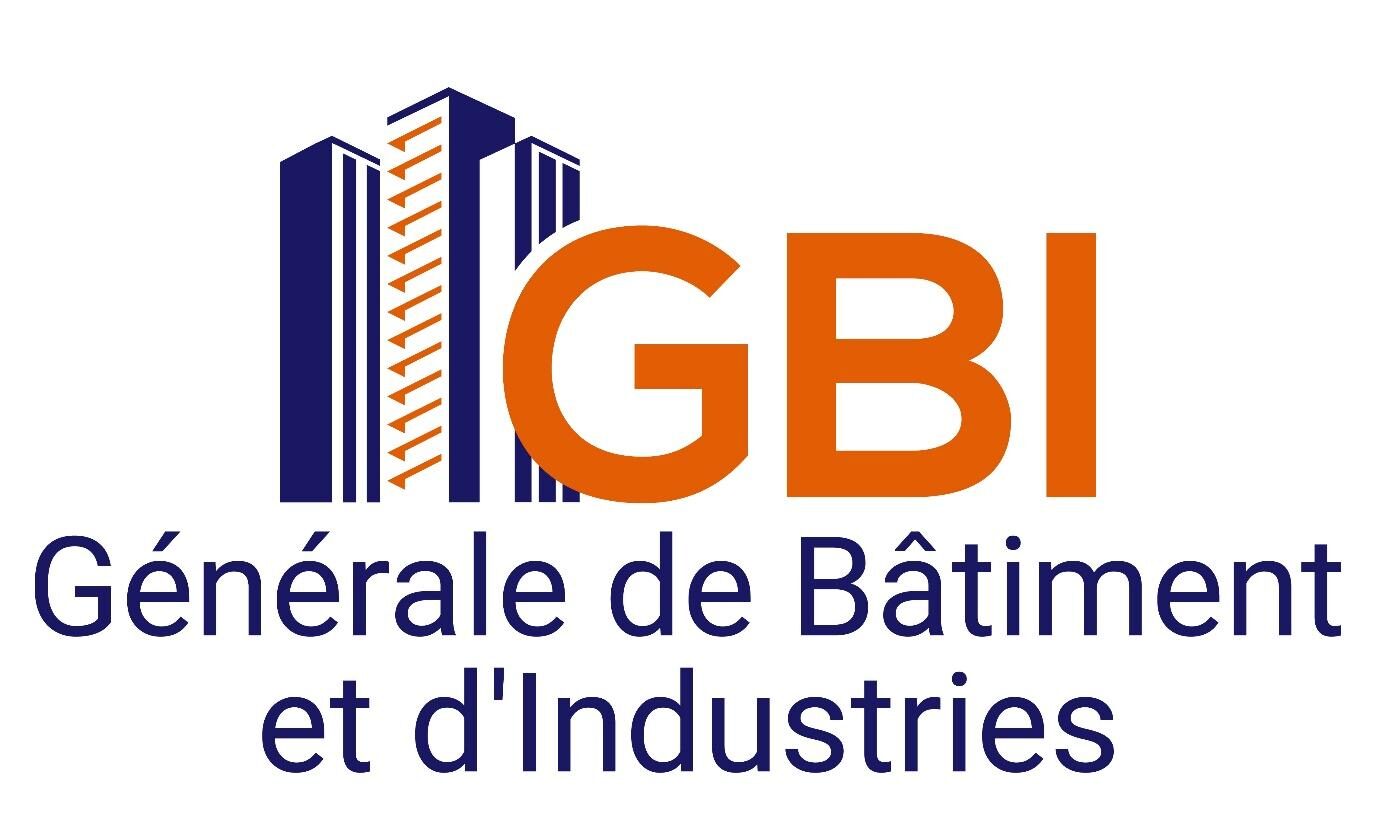Bitcoin Ordinals: Unpacking Digital Artifacts and the Rise of Self-Custody Wallets
Whoa! Have you ever stumbled upon the concept of Bitcoin Ordinals and thought, “Wait, Bitcoin can do art now?” It’s wild—almost like someone handed Bitcoin a paintbrush and said, “Go nuts.” At first, I was skeptical. Bitcoin was always just the OG store of value, right? But then I dove deeper, and honestly, my mind started spinning with possibilities and questions. How do these digital artifacts actually work? And what’s the deal with self-custody wallets in this new landscape?
Here’s the thing. Ordinals are basically a way to inscribe data—like images, text, even tiny apps—directly onto individual satoshis, the smallest unit of Bitcoin. That means every little satoshi could carry a story or a piece of digital memorabilia, permanently etched into the blockchain. I know, sounds like sci-fi, but it’s happening right now.
Initially, I thought this was just another flashy NFT trend piggybacking on Bitcoin’s hype. But actually, wait—let me rephrase that: Ordinals are different because they don’t rely on sidechains or separate protocols. They’re embedded into Bitcoin’s main chain itself. That’s a huge deal if you ask me. It’s like making Bitcoin a canvas instead of just digital gold.
But here’s where it gets tricky. Storing these digital artifacts means you need wallets that can handle them properly. Standard wallets won’t cut it. This is where self-custody wallets tailored for Ordinals come into play. They empower users to hold and manage these inscribed satoshis without relying on third parties.
Something felt off about the early wallet options—they were either clunky or lacked proper support for these new data types. Yet, tools like unisat have been stepping up, offering a sleek interface that’s both intuitive and robust for managing Ordinal inscriptions. Seriously, it’s like the missing piece for anyone wanting to dive into this space without losing their marbles.
Okay, so check this out—when you think about the permanence of these inscriptions, it’s both exciting and a little daunting. Unlike Ethereum NFTs that live on smart contracts, Ordinals are baked right into Bitcoin’s immutable ledger. That means once inscribed, they’re there forever. No going back. It’s a double-edged sword. On one hand, you get unparalleled permanence; on the other, there’s no room for error or deletion.
Some folks have raised concerns about blockchain bloat—adding extra data could slow things down or increase fees. On one hand, that’s a valid worry. Though actually, Bitcoin’s design is pretty rigid, so the network can handle a moderate amount of data without collapsing. But if Ordinals go mainstream, we might need to think seriously about scalability and long-term effects.
Speaking from personal experience, managing these digital artifacts demands a shift in mindset. With traditional Bitcoin wallets, your main concern is security and accessibility. Now, you also have to consider how you store and showcase these inscriptions. Self-custody wallets that support Ordinals don’t just hold keys—they become digital galleries, vaults, and marketplaces rolled into one.
Here’s what bugs me about some early solutions—they often felt like afterthoughts slapped onto wallets that weren’t built for this. The user experience was clunky, and honestly, it scared off many potential users. But platforms like unisat are changing that narrative by offering purpose-built tools that blend usability with powerful features.

Why Self-Custody Matters More Than Ever
Self-custody wallets have always been the heartbeat of Bitcoin’s decentralization ethos. But with Ordinals, their importance skyrockets. You’re not just holding coins anymore—you’re holding unique digital artifacts that you literally own and control. That’s empowering but also brings responsibility. If you lose your keys, you lose those one-of-a-kind inscriptions forever.
My gut says that the community will demand better education and more intuitive wallet designs as these technologies mature. Honestly, wallets that integrate Ordinals seamlessly without overwhelming the user are the future. And yeah, while some people might prefer custodial solutions for convenience, it kinda defeats the point of owning these digital artifacts yourself.
Also, consider the social aspect. I’ve noticed early adopters treating their Ordinal inscriptions like prized collectibles. They want to show them off, trade them, and even use them as digital badges. Self-custody wallets that support this kind of interaction will likely drive adoption and innovation faster than anything else.
Oh, and by the way, if you’re curious about exploring this yourself, unisat is hands down one of the better gateways I’ve seen. It balances ease of use with deep functionality, making it a solid pick for anyone wanting to experiment with Ordinals without getting lost in tech jargon.
So yeah, the whole Bitcoin Ordinals phenomenon is reshaping how we think about the blockchain—not just as money, but as a medium for digital expression and ownership. It’s messy, it’s exciting, and it’s definitely not perfect yet. But that’s what makes it fun to watch and be a part of.
Anyway, I’m curious—do you think this will change Bitcoin’s core identity, or is it just a niche experiment? Personally, I lean toward the idea that it opens up new doors without compromising Bitcoin’s foundational purpose. But hey, I’m not 100% sure, and I’m happy to be proven wrong.
